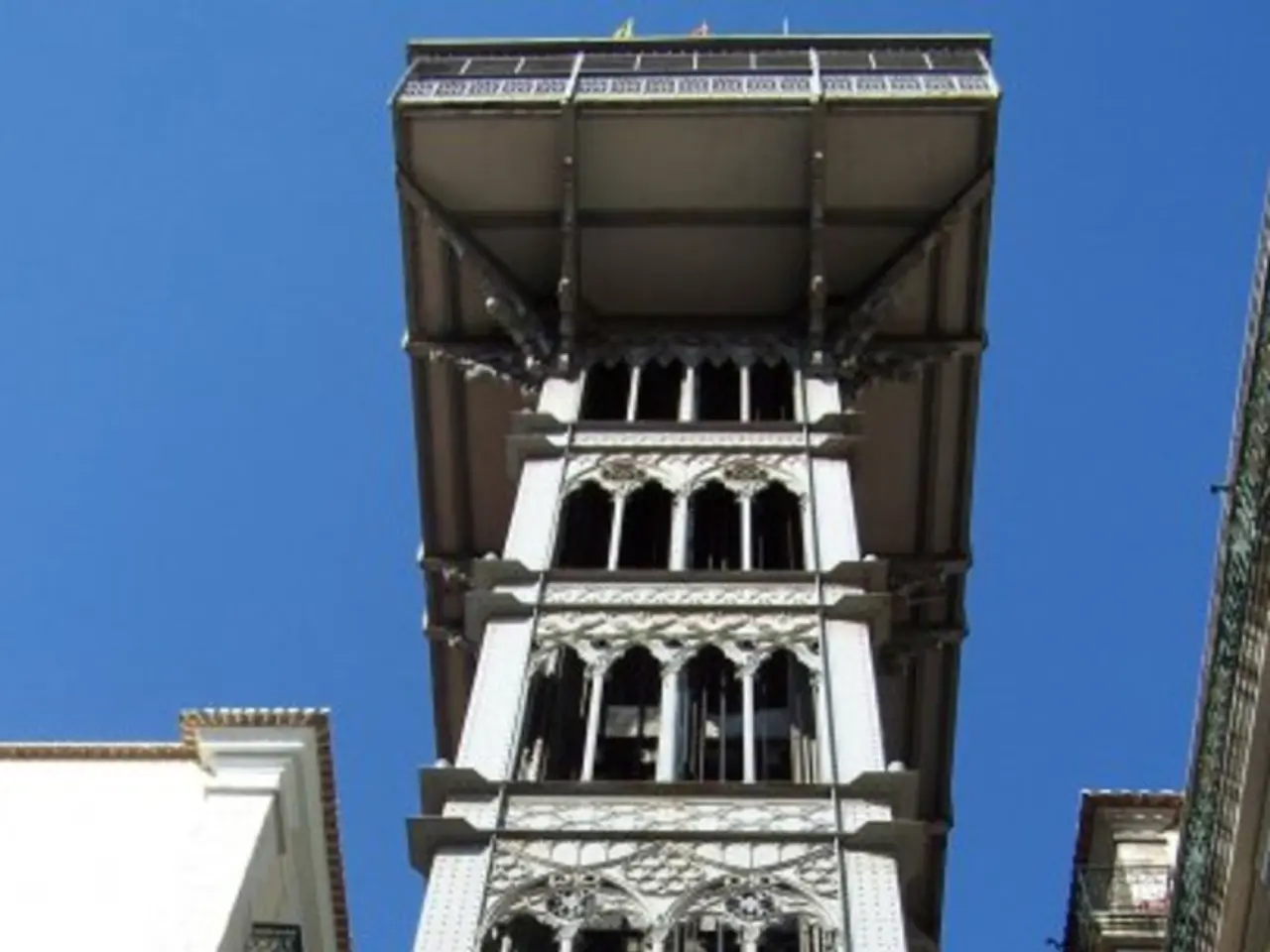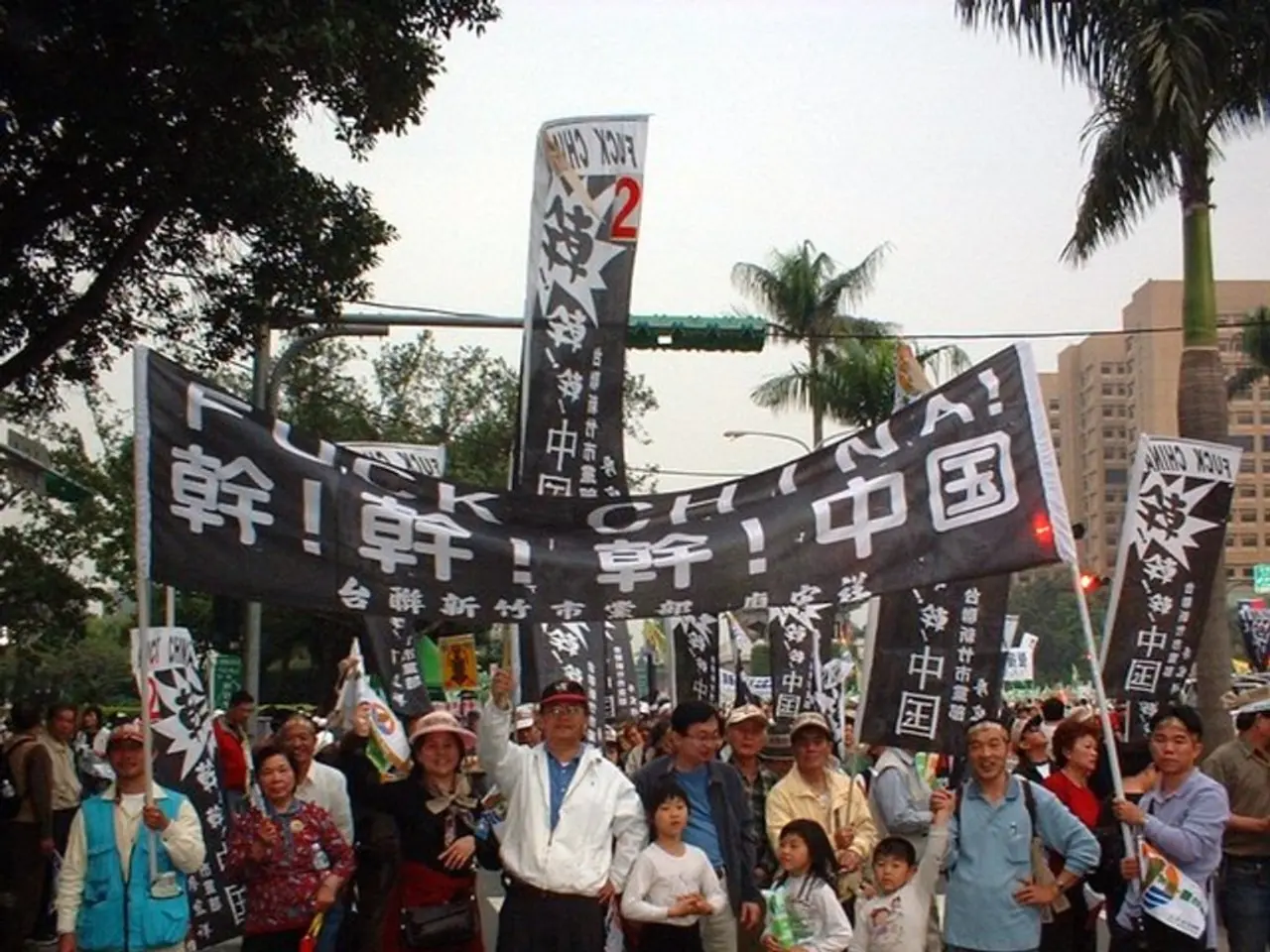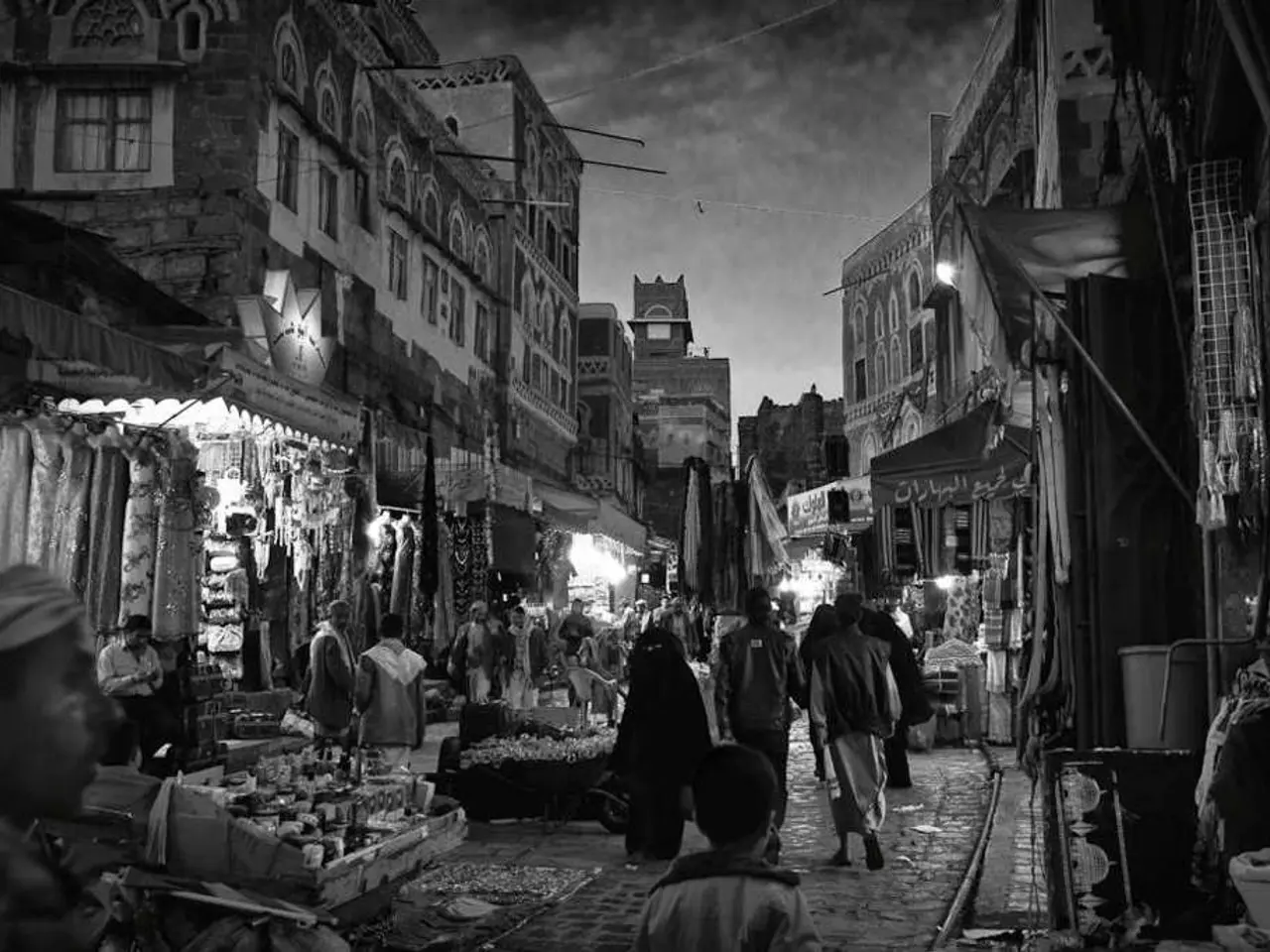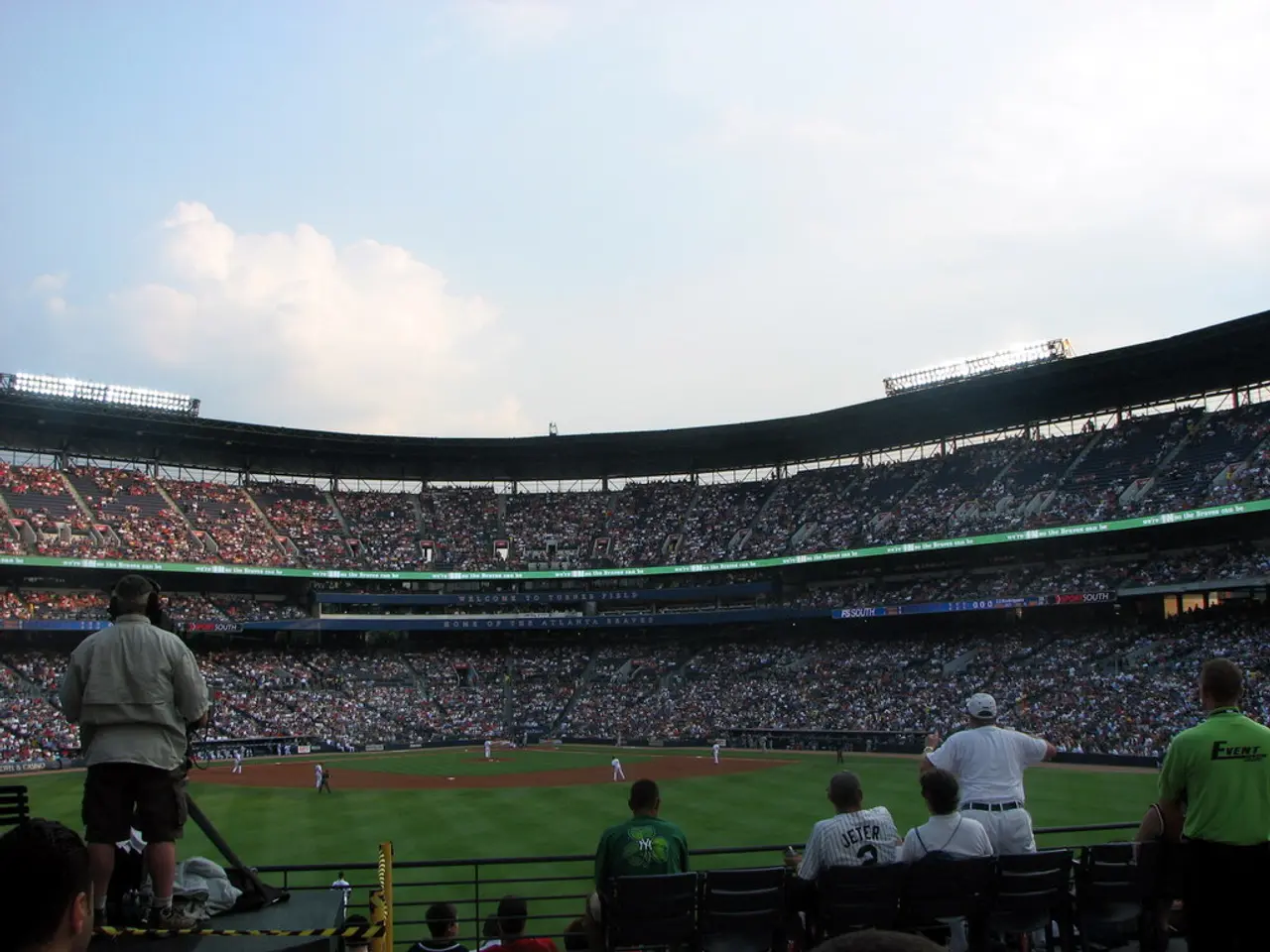Water Scarcity in Iran: Shutdown of Public Restrooms in Tehran
In the heart of Iran, the city of Tehran is grappling with an acute water crisis that has led to widespread rationing and prolonged supply interruptions. This situation, affecting households and businesses alike, is part of an urgent attempt to conserve dwindling reservoir resources [1][2].
The energy and water crisis in Iran has escalated, with water cuts lasting up to 48 hours in several districts of Tehran and at least 50 other cities [2]. To mitigate the situation, serious considerations are being made to reduce the workweek from five to four days or to order a one-week shutdown of the capital to save electricity and water [3]. However, these plans have been postponed due to negative economic impacts, but remain on the agenda [4].
The closures are part of the government's water-saving measures, as reported by Didehban-Iran and Shargh [2]. The reliance on groundwater, which now accounts for over 60% of Tehran's water, is at double the rate of a decade ago, posing a risk of long-term resource depletion [1].
The impact of these measures on public services and daily life is significant. Water supply interruptions disrupt households, businesses, and government functions, while the educational sector is affected by periodic school closures. Moreover, the closure of public toilets in Tehran, numbering approximately 20,000 in the metropolitan area, has added to the hardships [5].
Authorities acknowledge that mismanagement and inefficient infrastructure have exacerbated the crisis, and some officials even suggest relocating the capital as a last resort [1][2][5]. President Peseschkian, in response to the crisis, has referred to it as a "natural disaster" that could worsen in the coming weeks, as all the country's dams are almost empty [6].
Many Iranian residents are expressing their frustrations on social media, stating that a dignified life is difficult under these circumstances. Power outages lasting for hours are also common, making the use of air conditioners impossible due to high temperatures between 40 and 50 degrees Celsius [7].
Shargh reports that the water situation in Tehran is worsening day by day, while Didehban-Iran accuses the government of denying Tehran residents a basic necessity by shutting down essential services [2][3]. The government, however, appears helpless in addressing the crisis, despite calls for citizens to consume less water [8].
President Peseschkian is considering relocating the capital to prevent potential chaos, but no official decision has been made yet [9]. As the crisis continues, the people of Tehran face a challenging future, hoping for effective solutions and improved governance to address this critical situation.
[1] https://www.reuters.com/world/middle-east/iran-cuts-water-supplies-to-tehran-amid-drought-2021-07-01/ [2] https://www.aljazeera.com/news/2021/7/2/iran-faces-critical-water-shortages-as-drought-bites [3] https://www.iranwire.com/news/79936/ [4] https://www.iranwire.com/news/79916/ [5] https://www.iranwire.com/news/79924/ [6] https://www.irna.ir/news/84404144 [7] https://www.aljazeera.com/news/2021/7/2/iran-faces-critical-water-shortages-as-drought-bites [8] https://www.iranwire.com/news/79916/ [9] https://www.irna.ir/news/84404144
- The energy and water crisis in Iran, driven by climate change, has led to the consideration of policies such as reducing the workweek or ordering a shutdown of the capital to conserve resources, suggesting a growing role for science, policy, and politics in the environmental crisis.
- In the face of severe water cuts in Tehran and other cities, authorities are examining various measures to reduce consumption, including the closure of public toilets, which has further strained the living conditions of residents and been met with criticism from the general public.
- The escalating water crisis in Iran, characterized by mismanagement and inadequate infrastructure, poses long-term risks to the environment and has sparked widespread concerns among citizens, including calls for improved governance and potential relocation of the capital.








